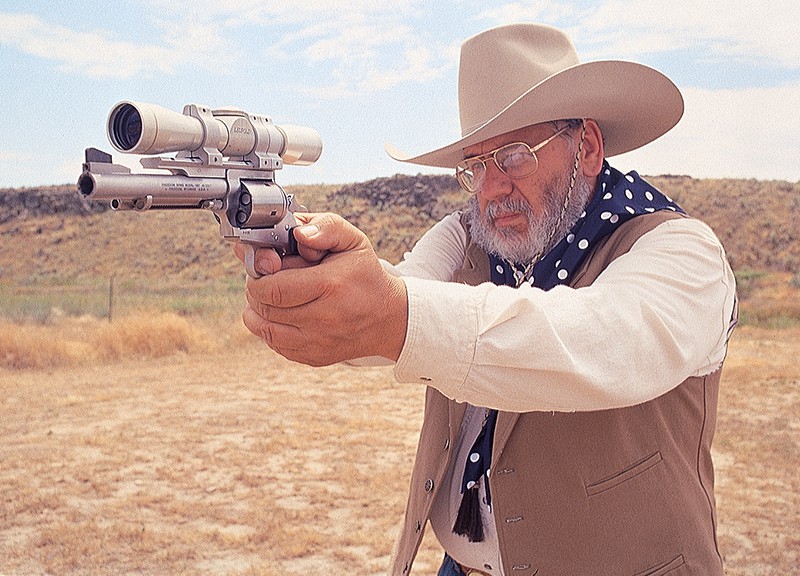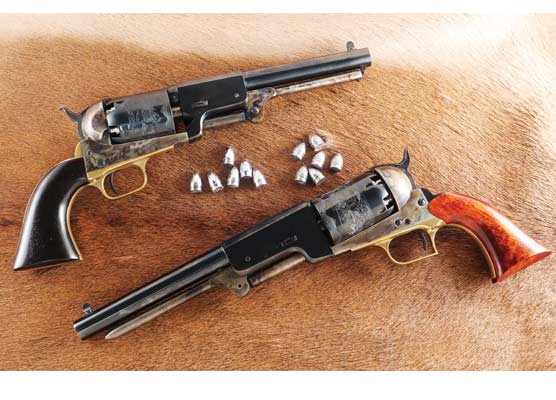Rudimentary Tech
Martial pistols of the day held mostly five or six shots, a quantum leap over the single-shot pistols still in use. LeMat dreamed of even more shock and awe. In 1856, he applied for a patent on a 9-shot revolver, rotating on an 18-gauge shotgun barrel capable of shooting one 400-grain ball or a charge of buckshot. The hammer was unique with a pivoting tip to hit the nipples of the revolver or the center chamber. In total, the handgun could fire 10 shots. To many, the center barrel was a cannon filled with grapeshot. The moniker stuck. His invention became known as “LeMat’s Grapeshot Revolver.”
As fate would have it, LeMat’s wife was a cousin to General Pierre Gustave Toutant Beauregard, perhaps best known for his role in bombarding Fort Sumter and starting the Civil War. But, in 1859 Beauregard was still a highly respected U.S. Army officer. He was impressed with LeMat’s prototype revolver; so much so preliminary trials were held in New Orleans. The other officers involved were equally impressed. They all felt it was better than any weapon currently in use by the military, including those made by Colt.
It was the perfect weapon for cavalry and artillery units, and the navy saw it as a great weapon to defend against boarders. The future was looking bright for LeMat, and advertisements — disguised as press releases — were submitted to newspapers promoting its upcoming production.
But the U.S. Army had no interest in investing in yet another weapon system. Perhaps the fact LeMat didn’t have a production facility played into the decision. A U.S. manufacturer could not be found to produce the pistol so LeMat went to find a facility in Belgium or France.














